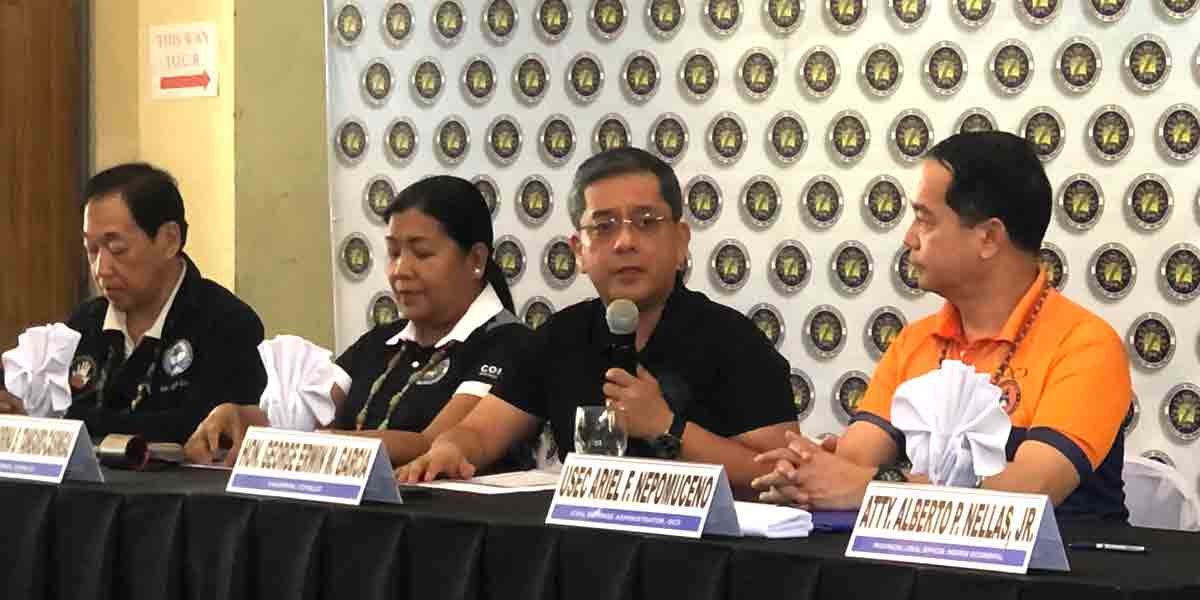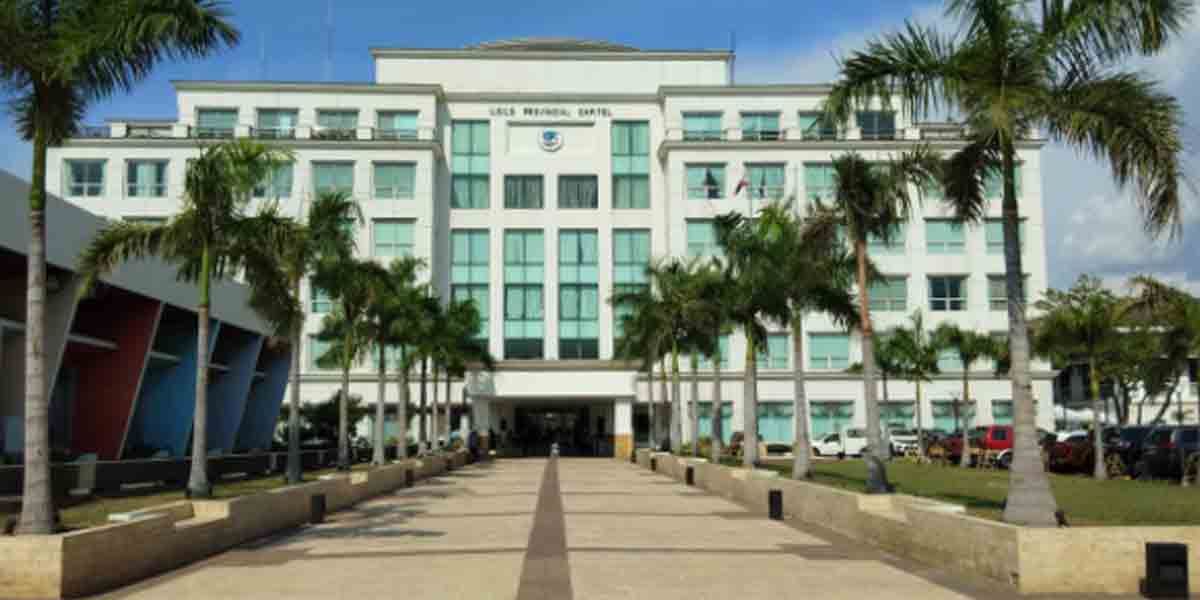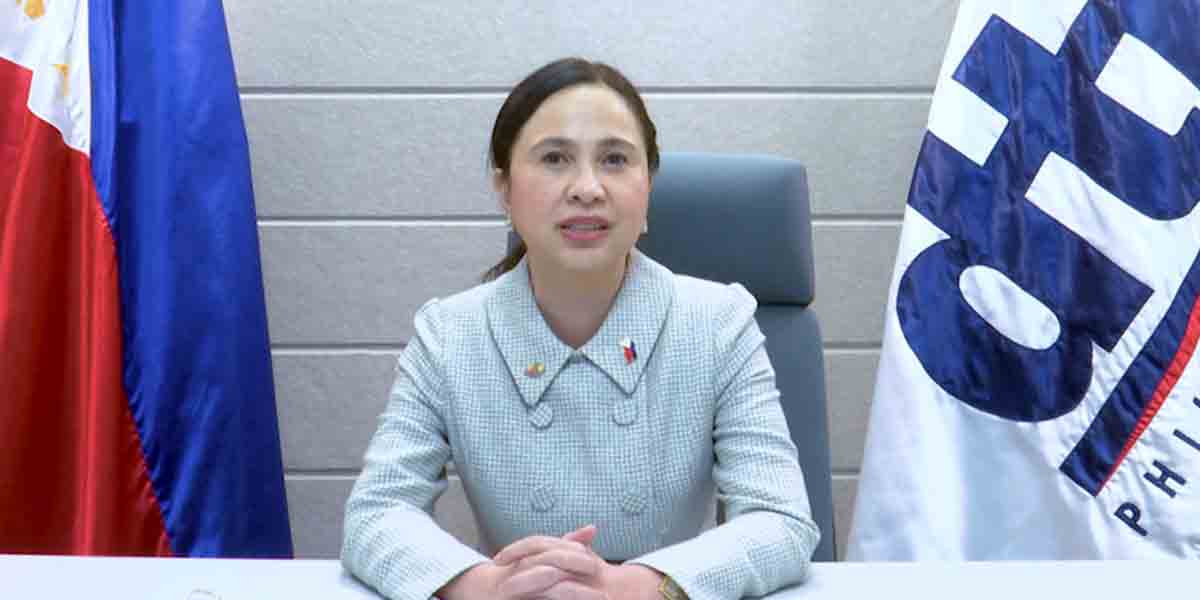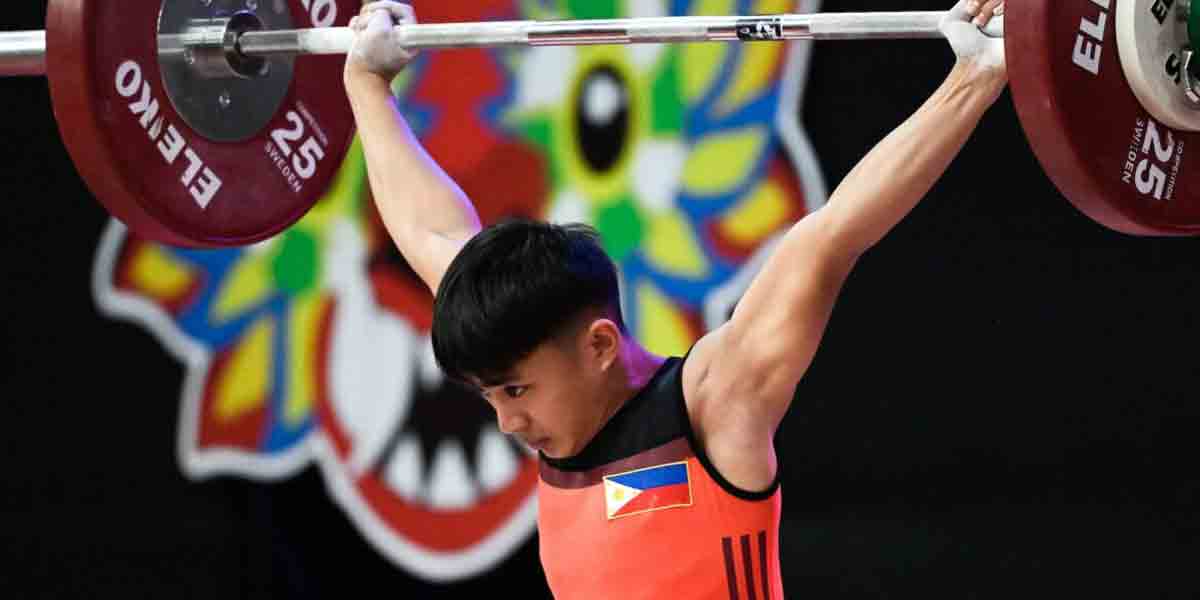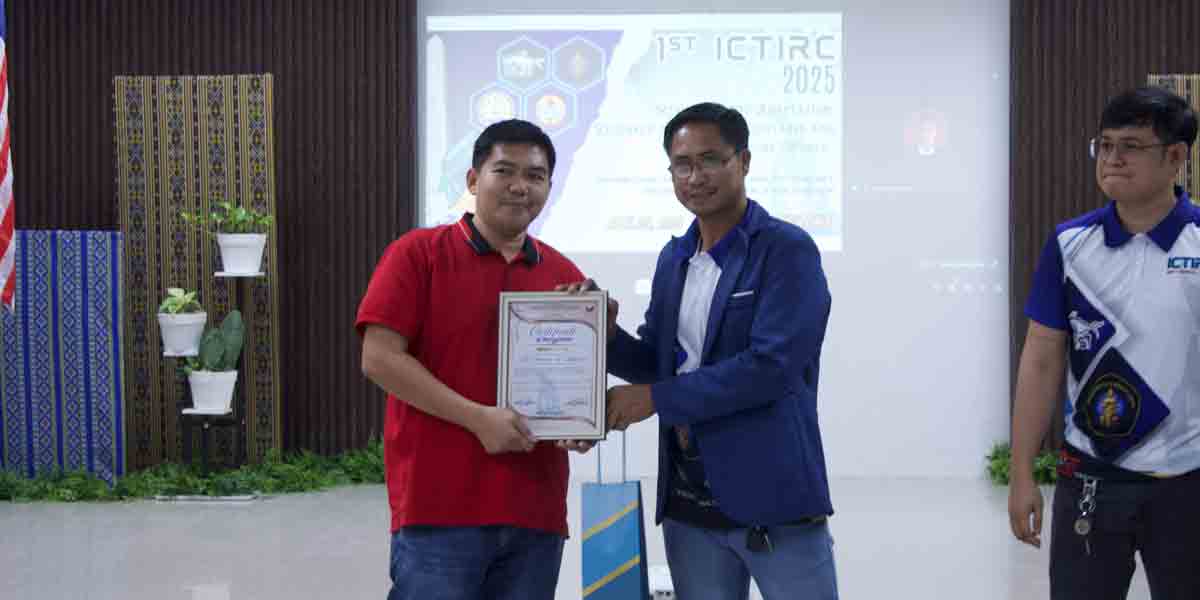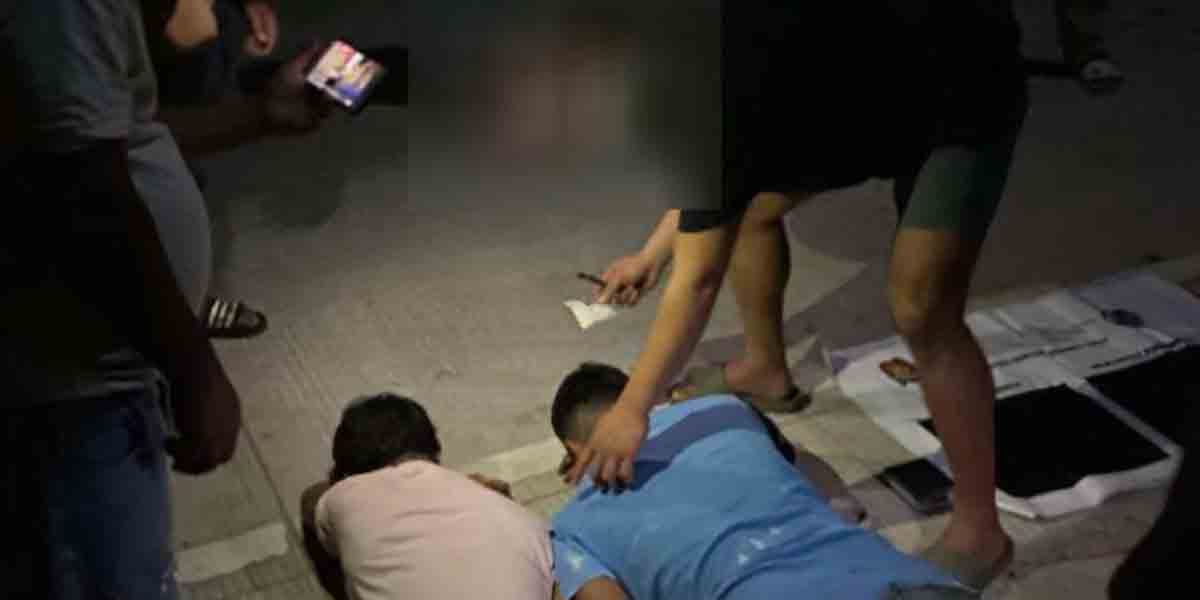The recent absence of Iloilo City Mayor Jerry Treñas from City Hall during the crucial filing of Certificates of Candidacy (COC) for the 2025 elections raises concerns not only about the political landscape but also about the vitality of leadership in public office.
With Vice Mayor Jeffrey Ganzon assuming the role of acting mayor, the immediate question of continuity and governance arises. However, there is a deeper, more pressing issue at hand: how health affects the capacity of a city’s leader to steer the community, particularly during pivotal moments.
Mayor Treñas, who has been a figure of stability for Iloilo, has faced recurring health issues over the past year, including overfatigue, pneumonia, and most recently, sinus surgery. His temporary absence from City Hall is framed as a routine check-up, but it reignites the conversation about how health challenges can diminish the effectiveness of a leader.
Health, especially in the realm of leadership, has long been a factor in determining a leader’s effectiveness. History has shown us that leaders in fragile health may not always function at their peak, with adverse effects on governance. From national figures to local officials, a decline in health has often mirrored a decline in administrative agility. But leadership isn’t just about being physically present; it’s about ensuring a strong and capable team can carry on when the leader is absent.
Ganzon’s temporary role as acting mayor should, in theory, ease the transition and keep the city government running smoothly. However, while Iloilo City has grown accustomed to Treñas’ leadership style, the change at the helm, even briefly, might have ripple effects. As Treñas focuses on his recovery, questions surrounding how long this arrangement might last linger in the minds of Ilonggos, particularly those who are closely watching political developments.
The significance of a strong leader becomes even more pronounced during times of political uncertainty, especially with the speculation of alliances involving Rep. Julienne Baronda and former Mayor Jed Patrick Mabilog. Both Baronda and Mabilog have loyal followings, and any shifts in allegiance or possible coalitions could reshape Iloilo’s political landscape in 2025.
Treñas’ health, and the future leadership of Iloilo City, should not be treated as mere political football. It is essential for city officials to be forthcoming about the state of the mayor’s health, if only to ease concerns about leadership stability. There is also a need for a robust contingency plan to ensure that, should the mayor’s health worsen, governance does not falter. The smooth transition to Ganzon is a start, but the continuity of leadership must be assured for the longer term.
As the 2025 elections approach, the role of a healthy, active mayor who can steer the city through political complexities and infrastructural development is more critical than ever. Mayor Treñas has repeatedly demonstrated his dedication to Iloilo, but the city must also prepare for any eventuality where health may limit his active participation in city affairs.
Ultimately, keeping Iloilo City Hall in tip-top shape requires not just a competent leader, but also a robust system that can sustain itself even during leadership transitions—temporary or otherwise.


